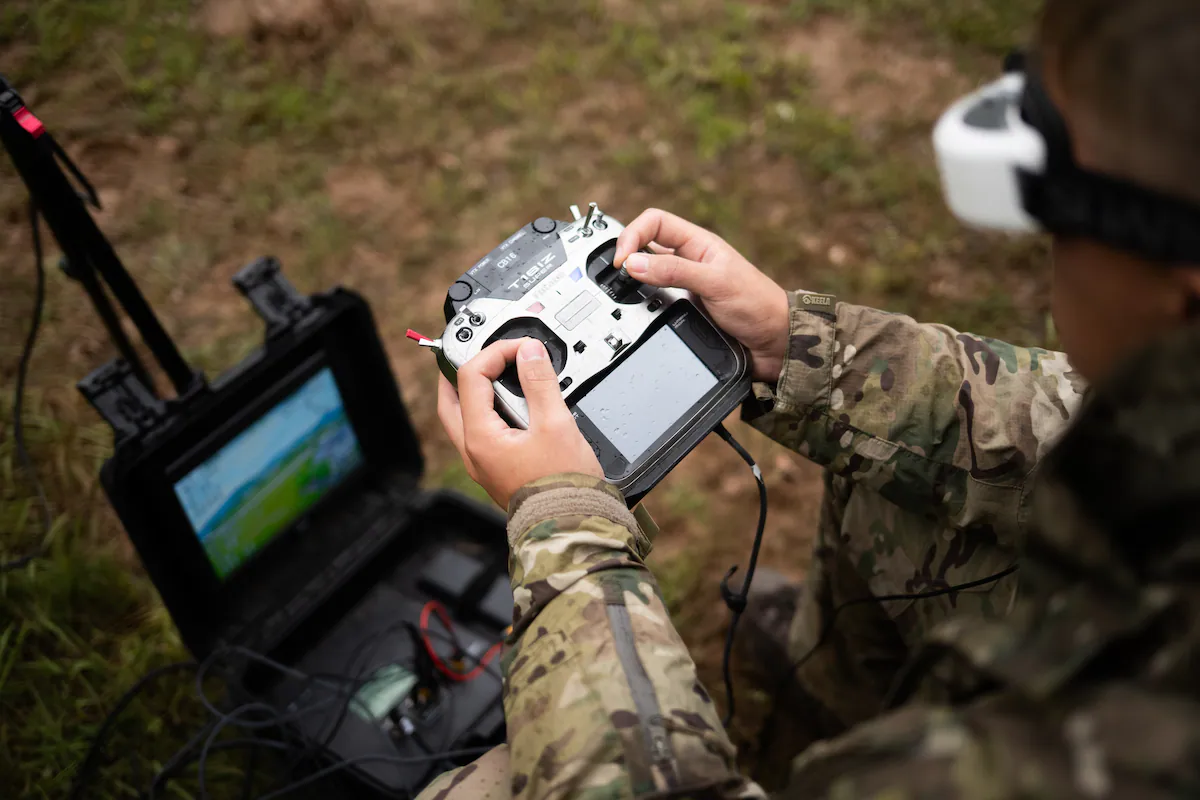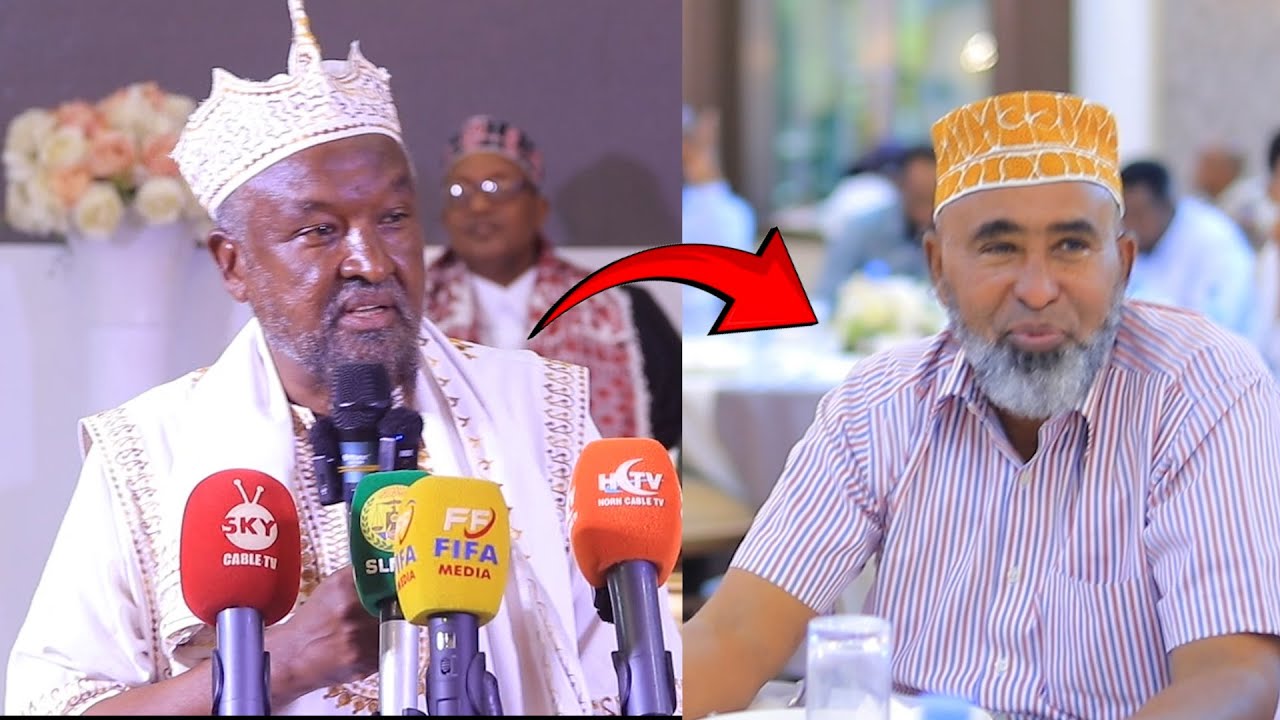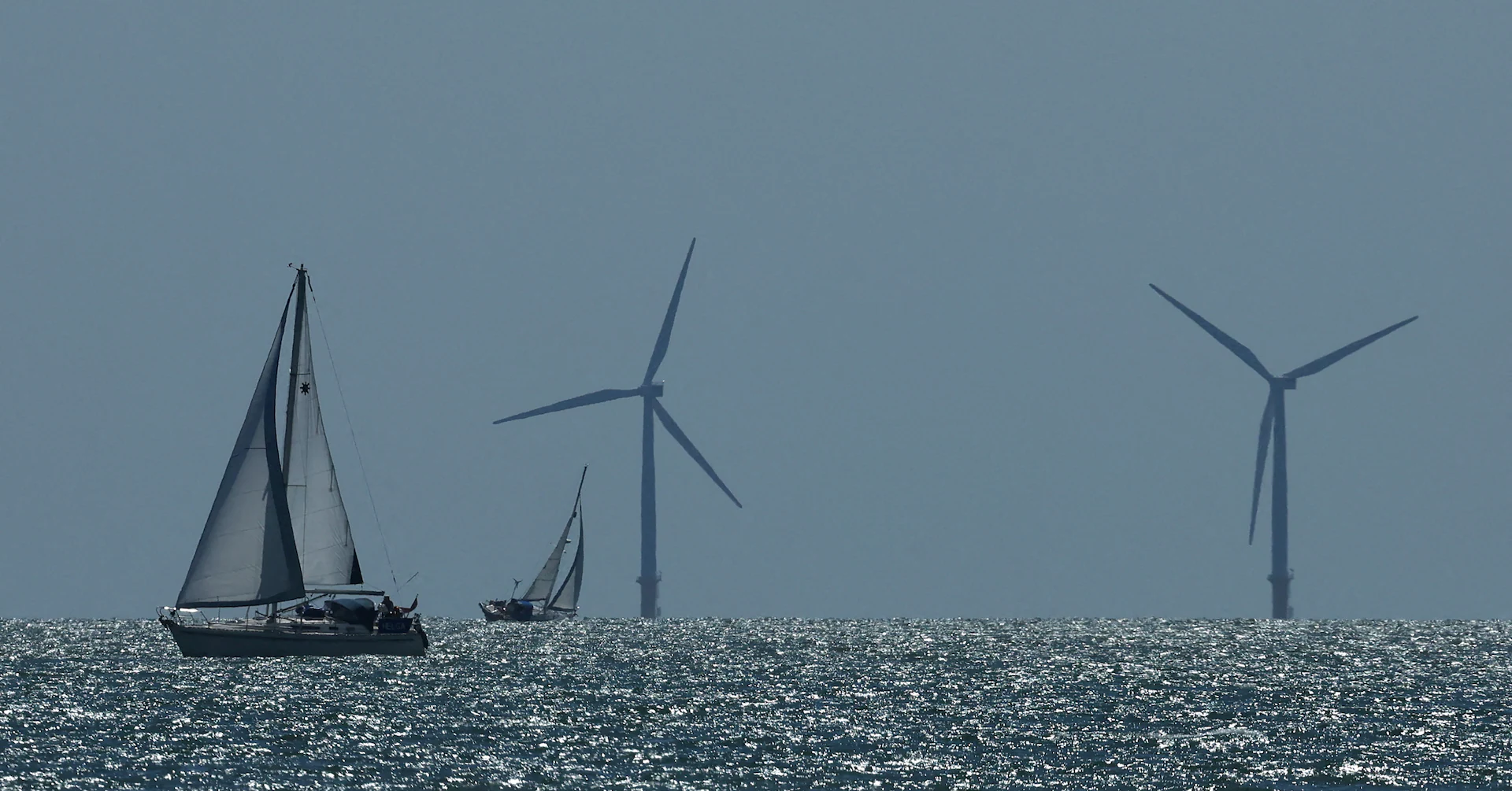Copyright DefenseNews.com

Since multiple Russian drones crossed into Poland last month, European leaders have expedited the idea of a “drone wall” and rushed to discuss the need to invest in countering drones. But when it comes to European defense, Russian attack drones are not the true problem. The problem is an erosion of the pillars of nuclear and conventional deterrence. This erosion has myriad causes, but the impact is that Russia feels emboldened to test NATO’s political will by, among other things, flying attack drones at or over a NATO nation. Over-investing in a “drone wall” would be a waste of precious resources that would be better spent on other defense priorities. It would not deter Russia, and perhaps most importantly, it wouldn’t even defend against pressing vectors of drone-use violence that Europe is likely to face. Europe and the United States should be working with Ukraine and investing in research and development to improve what are currently a host of inadequate options for countering uncrewed aerial systems. But instead of focusing on defending against drones from the east, Europe should invest in its ability to strike back at Russia and take steps to demonstrate a willingness to use these capabilities. Russian attack drones are not the problem A Shahed-type drone launched from the Russian exclave of Kaliningrad could theoretically range any European capital (except possibly Lisbon, depending on the variant), but Russia has been able to threaten all of Europe with ballistic and cruise missiles for a long time. It can have an effect more cheaply, but a Shahed’s characteristics make it relatively easy to track, and something launched from Kaliningrad or much of western Russia would be traceable. The issue is not that Russia is now attacking Europe for the first time. This has been occurring at least since the 2007 cyber-attacks against Estonia. And it isn’t that Russia now has access to a technology that allows it to attack all of Europe from the air. That’s been true since the 1950s. And it’s not that this is the first time Russia has violated NATO airspace. That occurred even before Russia invaded Ukraine, to include a NATO nation shooting down a Russian airplane. So, what is the issue? Erosion of the pillars of deterrence is the problem It boils down to the nature of deterrence and the current geopolitical environment. Deterrence works either by denial (that is, demonstrating to your enemy through your capabilities that they will not be capable of achieving their objective) or by punishment (your enemy may be able to hit you, but you will hit back so hard that it won’t make their initial strike worth the punishment). Since 1949, the premise of NATO has been grounded in deterrence by punishment; that’s the implicit threat of NATO’s Article 5 that if anyone (but let’s be honest, it meant the Soviet Union) attacked a NATO nation, the U.S. military, backed by the U.S. nuclear arsenal, would make them regret doing so. This has been augmented over time through varying levels of conventional forces meant to also provide a measure of deterrence by denial in order to reduce reliance on — and thereby, ideally, the possibility of — nuclear escalation. Conventional denial with a backstop of nuclear punishment by the U.S. and, to a lesser but still important extent, the United Kingdom and France. While the Trump administration has made repeated statements that it will remain in NATO and continue to provide a backstop of nuclear punishment in support of Article 5, some in Russia and in Europe have begun to question the reliability of U.S. nuclear deterrence. Regardless of whether this is true, belief and perception are the reality when it comes to deterrence. Thus, the most important and unanswerable question is whether Moscow believes the U.S. remains committed to NATO Article 5. And the fact that this is even a question at all indicates an erosion of deterrence. Europe needs to invest in its ability to punch back Though it may be desirable to maintain capabilities that allow for solely defensive responses to Russian aggression for political reasons, Europe needs to stop thinking that it can continue to focus on defense alone. While Europe should not actively seek to escalate a conflict, the reality right now is that no technology exists anywhere in the world to create a cost-effective “drone wall.” This is especially true when you are looking at a country that is at war (Russia) attacking countries that still think they are at peace (Europe) and will therefore have more stringent restrictions on their counter-drone rules of engagement. Europe and the U.S. should be working together to invest in the development of more cost-effective methods to counter drones. But as the saying goes, the best defense is a good offense. This is precisely the rationale behind Ukraine’s desire to acquire Tomahawk cruise missiles from the U.S. The Tomahawk would help Ukraine defend itself against Russian air attacks by enabling the Ukrainian Armed Forces to damage the archer instead of trying to shoot down the arrows. And when it comes to dealing with an aggressor state that is actively working to assess your military capabilities and your political will to use them, as Russia currently is doing to Europe, the capabilities are useless as a deterrent if the enemy doesn’t believe you will use them. Russia would hesitate to fly its planes in NATO airspace if it believed those planes would get shot out of the sky. It would think twice about launching Shaheds at NATO if it believed every factory used to manufacture a Shahed would get wiped out. So, what should Europe do right now? Europe should continue to spend money on rapidly recapitalizing its conventional forces to ensure it can hit back at Russia. Some nations are already doing this through their investments in long-range cruise strike capabilities. By investing in military capabilities that would allow it to strike Russia, Europe likely would bolster the nuclear deterrence pillar as well. This is because investing in these capabilities would demonstrate that European nations are meeting their NATO Article 3 requirement to provide for their own national defense, thereby strengthening the transatlantic relationship. If Europe focuses on its willingness and ability to punch back at Russia, it won’t have to worry that much about Russian planes and drones crossing borders to attack it. But that’s not to say that Europe shouldn’t worry about drones at all. It just means that Europe is worrying about the wrong thing if it’s focused on a “wall” that faces east. Instead, Europe should be bolstering its ability to counter the use of drones by covert actors (think Ukraine’s Operation Spiderweb but aimed at energy facilities) or violent non-state actors (like using a “dragon drone” to drop thermite on a crowd of people, leading to terror and panic). Drones are a problem. Russia is a problem. But the real problem is that if NATO nations allow themselves to be distracted by a few drones flying from the east, they risk missing the bigger picture when it comes to both Russia and drones.



